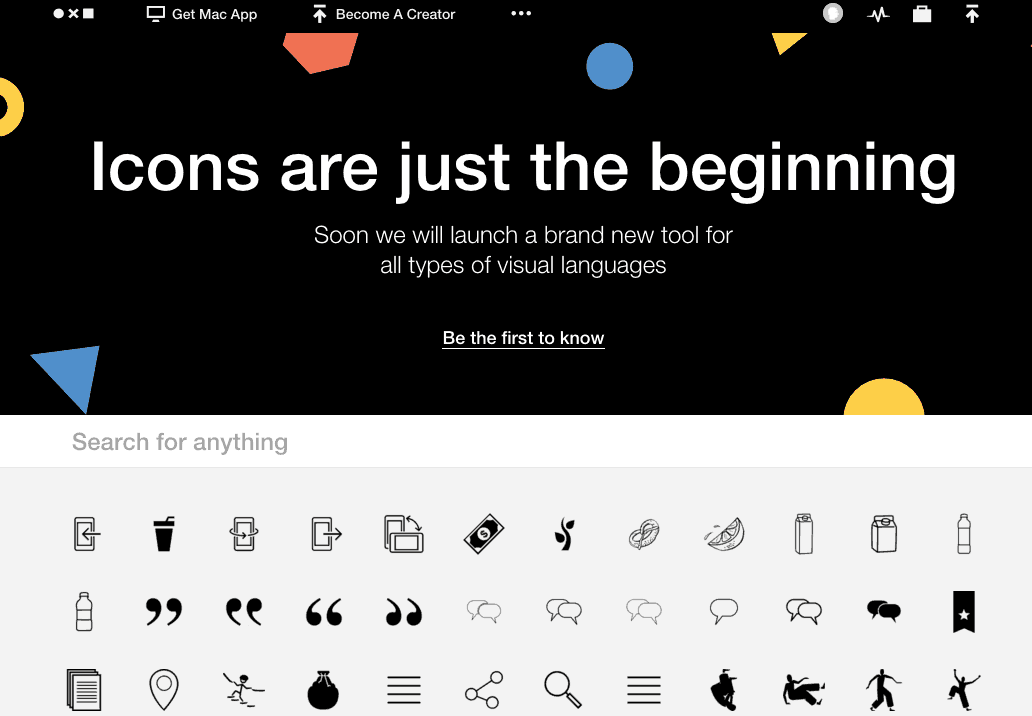As a graphic designer focused on infographics, I am mildly obsessed with icons. An effective icon should replace a word or phrase. Icons used together are a succinct way to tell a story. Visual language using icons is simple, clean, and easy to understand. When used properly, an icon system can negate the need for any written language. Imagine five people with five different languages, all being able to read the same story without using any words. This is the awesome power of visual language! It’s a foolproof way to communicate.![]()
Think about this: humans have the ability to process up to 36,000 visual messages per hour. Visuals are processed 60,000 times faster in the brain than text.1 The classic Tolstoy work War & Peace takes the average reader about 62 hours to complete. But if this novel, the 21st longest ever written, had each of its 460,000 words translated into icons, you could theoretically read the entire book in just 15.5 hours. This development would have saved me some late school nights trying to squeeze in a few belated hours of reading for English class. With a text to visual message conversion, readers may only be inhibited by their physical ability to turn the pages fast enough. The average brain could handle it, no problem.
So how can we apply this knowledge to everyday scenarios? Here’s an easy example: A business might traditionally inform their customers using words, like this:
But what they could be doing, is this:
Faster and easier, right? When visuals such as icons are used in education, learning has been found to improve by up to 400%. With this in mind, it makes sense for a business to help customers understand its brand by incorporating visuals into communications whenever possible.
These days, plain text is often just plain boring. And I know you think so, too. Most of us will even lie rather than be subjected to boring text – have you ever haphazardly skimmed through a huge amount of legal jargon just to click “I acknowledge that I have read and agree to the above Terms and Conditions”. You didn’t really read it, right? If content was visual, however, it may be a different story. If you could understand the message at a rate 60,000 times faster than reading it, perhaps you wouldn’t have to lie.
Icons also have the ability to convey emotion and communicate in a way that text can’t. Anyone who has adopted the use of the Emoji keyboard on their phone knows the way emojis can amplify your basic text messaging.
The power of visual language is so important that a group called thenounproject.com is aiming to create an icon for every single word in our language.
But don’t think for a moment that an icon has to be overly simple. Unlimited artistic styles can be applied to icon systems to create visuals that are easy to read, interesting, brand specific or purely a bit of fun. Take a look at these 12 different styles I see often in my projects.
Although I personally prefer some styles over others, the truth is, there is no “best” style. The best style to use depends on the message you want to convey.
The next time you deliver a message, consider doing it in the most visual way possible. Not only will your audience quickly and more completely understand what you are saying – you and your business will come across as groundbreaking and visionary. And that’s something this graphic designer, for one, really appreciates.
…………………………………………………………………………………………………………………………………………………………………………………………………………………………………………………………………………………………………………….
1 http://info.shiftelearning.com/blog/bid/350326/Studies-Confirm-the-Power-of-Visuals-in-eLearning



This article is indeed informative. This would motivate every UX and UI designers to look ahead in creativity. Good job.